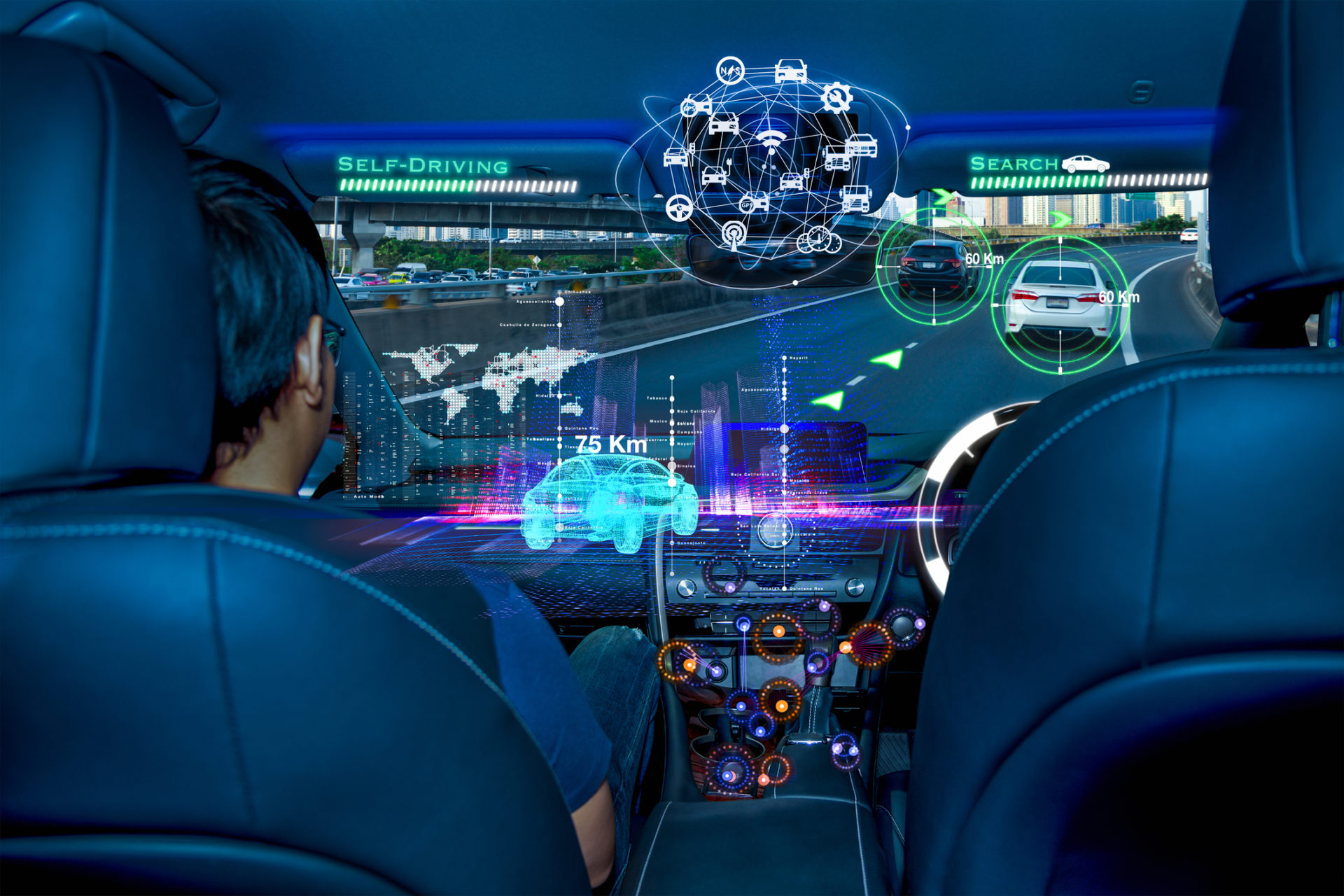Posts Tagged ‘Tesla’
Even if Your Vehicle is on Autopilot – You’d Better Not Be!
Yesterday’s horrific transport accident in Armadale which left a woman in a critical condition at The Alfred Hospital after being struck by the driver of a vehicle allegedly on Autopilot, is a stark reminder of every driver’s need to understand the capabilities of the technology they are using and their non-delegable duty to be responsible…
Read More
